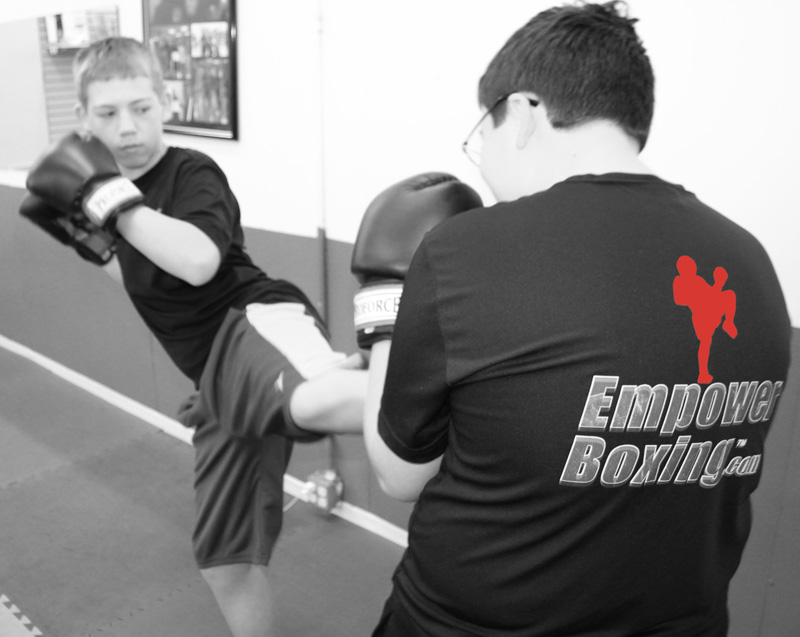Effective Skill Explanation and Demonstration Strategies
-
Capturing Attention:
- Technique: Establish a classroom norm where, upon hearing "Eyes on who?", students respond with "Eyes on you!" and give their full attention.
- Purpose: Ensures that students are focused and ready to receive new information without distractions.
-
Class Organization:
- Setup: Arrange students by height to allow unobstructed views for everyone, placing beginners in positions where they can see the instructor.
- Purpose: Facilitates better visual and auditory reception of the instructions being given.
-
Instructional Simplicity (KISS Principle):
- Method: Keep explanations and demonstrations concise, ideally under one minute for simple skills, adhering to the 'one correction per repetition' rule to avoid overwhelming students.
- Purpose: Enhances comprehension and retention by focusing on essential information and reducing cognitive load.
-
Linking Skills:
- Example: If teaching a spinning back kick, remind students of the basic back kick to draw parallels and build upon previously learned skills.
- Purpose: Helps students make connections between skills, improving learning efficiency and reinforcing muscle memory.
-
Skill Demonstration:
- Approach: Perform the skill yourself or have a proficient student demonstrate, providing verbal explanations during the demonstration.
- Variety: Show the skill multiple times from different angles (side, front) to give a comprehensive understanding of the movement.
-
Cue Words:
- Example: For a front-leg front kick, use cues like “lift knee, extend, recoil, and down.”
- Purpose: These cues act as mental markers that students can use to guide their performance and ensure they focus on critical aspects of the skill.
-
Visual Feedback:
- Tool: Utilize mirrors during demonstrations so students can see themselves and the instructor simultaneously.
- Purpose: Provides real-time visual feedback, helping students adjust their movements by comparing them with the correct form shown by the instructor.
Implementing the Lesson Plan
- Preparation: Before the class, ensure that the training area is set up to support the lesson’s needs—clear space, adequate lighting, and necessary equipment like mirrors positioned effectively.
- Engagement: During the class, engage students by asking them to perform the skill after the demonstration and use the cue words while performing.
- Feedback: Offer immediate, constructive feedback after each student's attempt, focusing on one aspect to improve based on the cue words provided.
Conclusion
This structured approach to teaching martial arts skills ensures that students not only understand the techniques but are also able to execute them correctly.
By focusing on clarity, simplicity, and continuous feedback, instructors can significantly enhance the learning experience, leading to faster skill acquisition and more confident practitioners.
This methodical teaching strategy reinforces discipline, focus, and effective learning within the martial arts curriculum.
Module 1 – References
Berliner, D. (1984). The half-glass: A review of research on teaching.
In P. Hosford (Ed.), Using what we know about teaching. Alexandria, VA: Association for Supervision and Curriculum Development.
Fitts, P.M. (1964). Perceptual-motor skills learning.
In A.W. Melton (Ed.), Categories of human learning (pp. 243-285).
New York: Academic Press.
Fitts, P.M., & Posner, M.I. (1967). Human performance. Belmont, CA: Brookes/Cole.
Gage, N. (1984). What do we know about teaching effectiveness? Phi Delta Kappan, 66(2), 87-93
Graham, G., & Heimerer. E. (1981). Research on teacher effectiveness. Quest, 33(1), 14-25.
Graham, G. Holt/Hale, S., & Parker, M. (1993). Children moving: A reflective approach to teaching physical education (3rd ed.). Mountain View, CA: Mayfield Publishing Company.
Rink, J.E. (1985). Teaching physical education for learning. St. Louis, MO: Times Mirror/Mosby.
Rink, J.E. (1993). Teaching physical education for learning (2nd ed.). St. Louis, MO: Times Mirror/Mosby.
Rosenshine, B. (1983). Teaching functions in instructional program. Elementary School Journal, 83, 335-351.
Schmidt, R.A. (1988). Motor control and learning: A behavioral emphasis (2nd ed.). Champaign, IL: Human Kinetics Publishers, Inc. Schmidt, R.A. (1991). Motor learning and performance: From principles to practice. Champaign, IL: Human Kinetics Publishers, Inc. Seidentop, D. (1983). Developing teaching skills in physical education. (2nd ed.). Palo Alto, CA: Mayfield.

